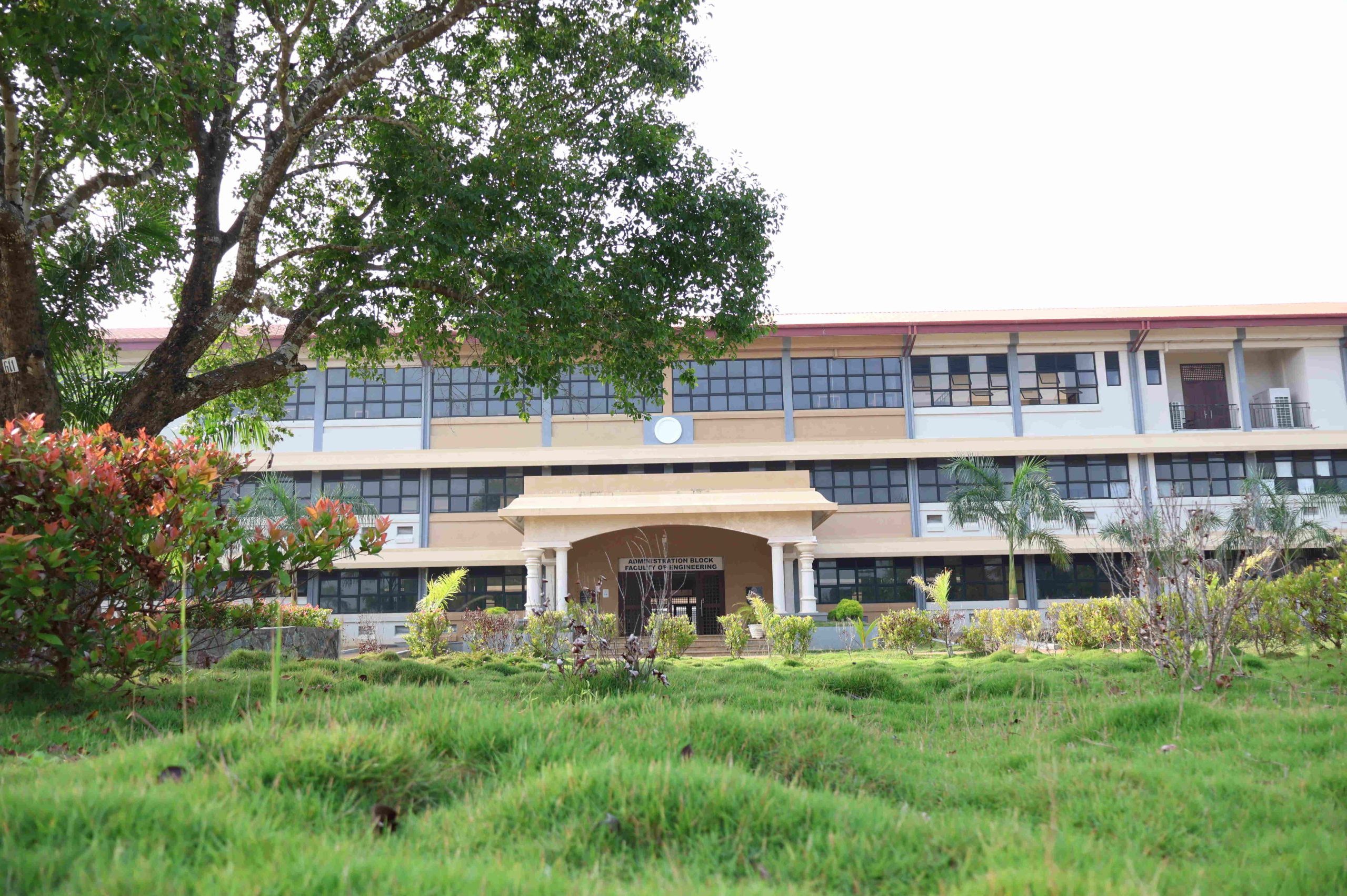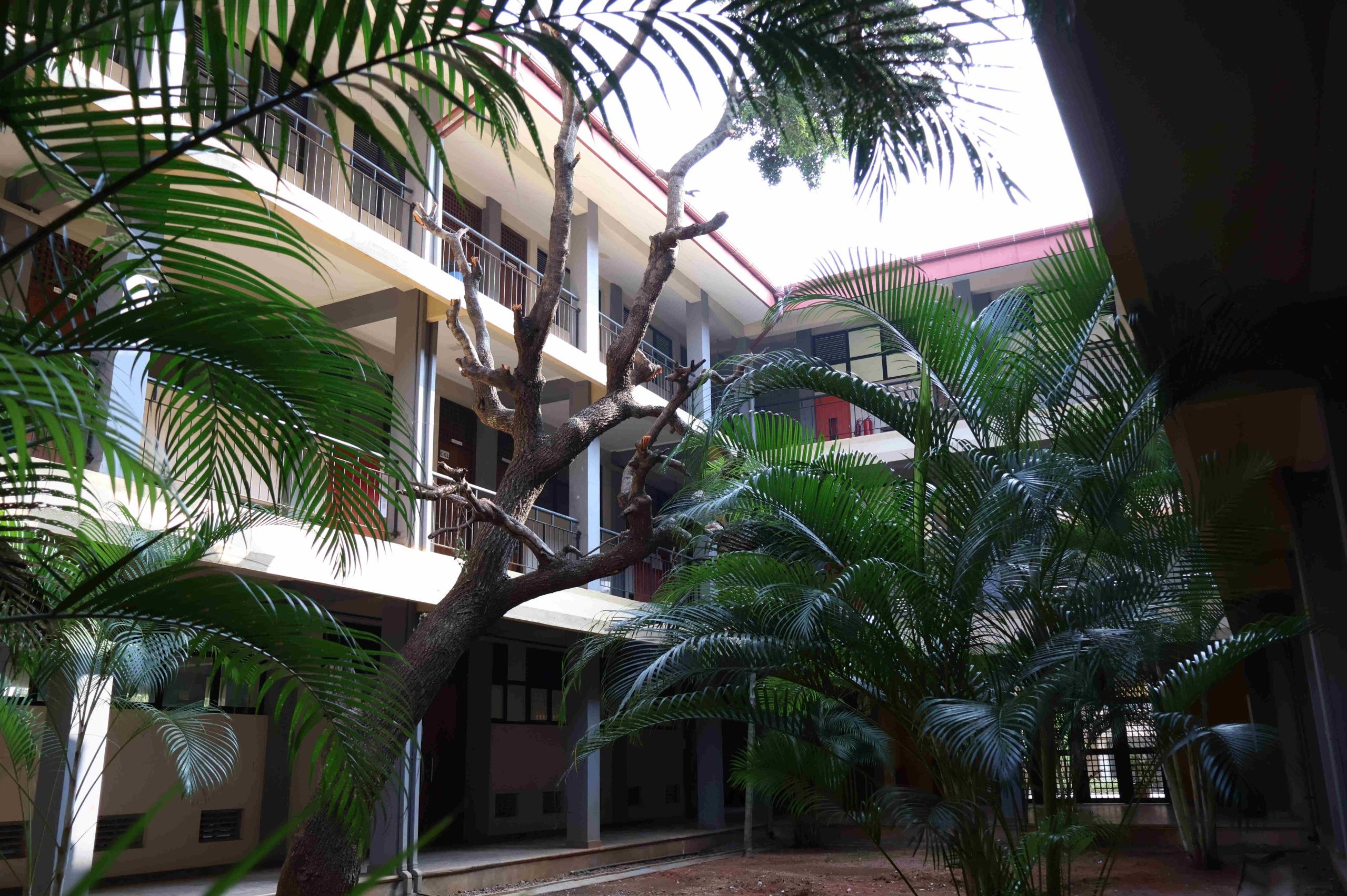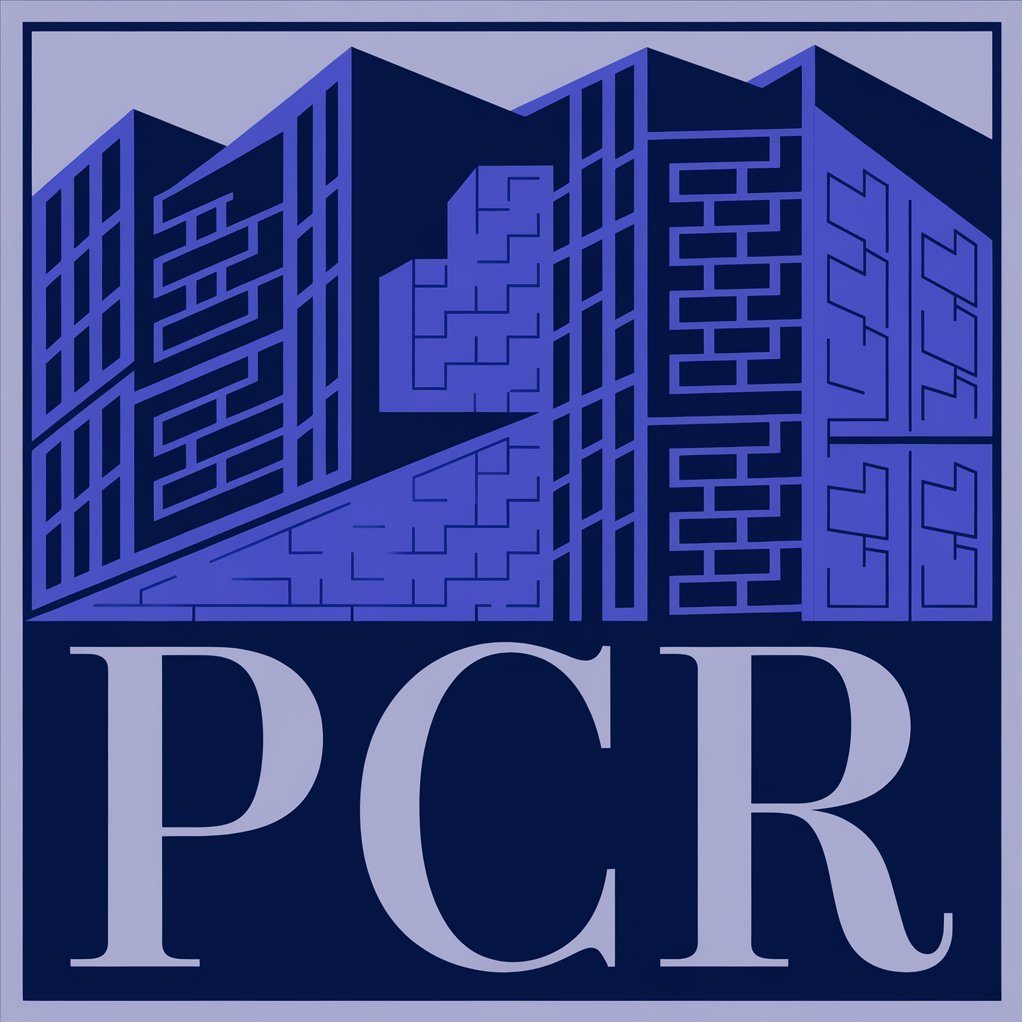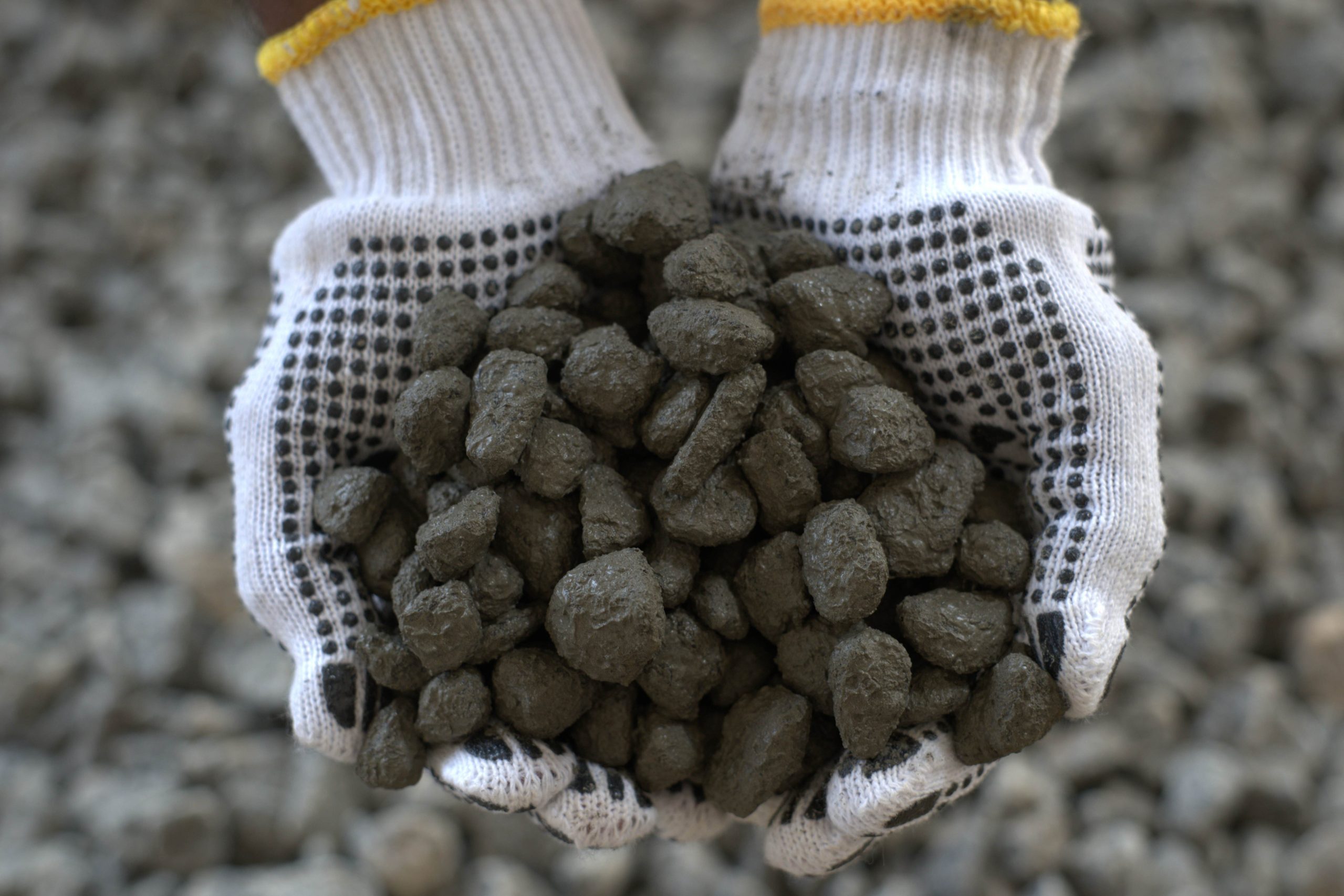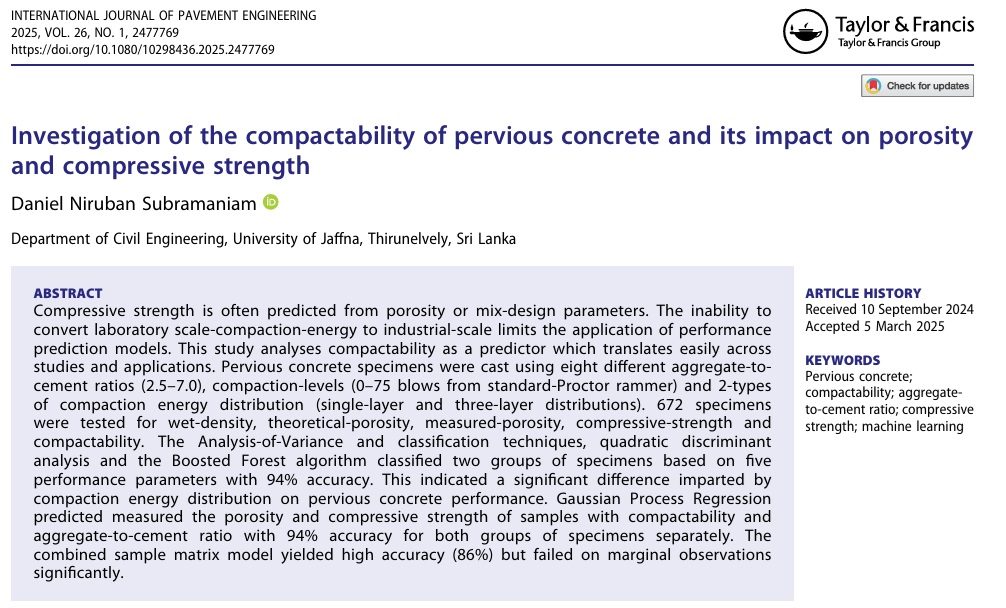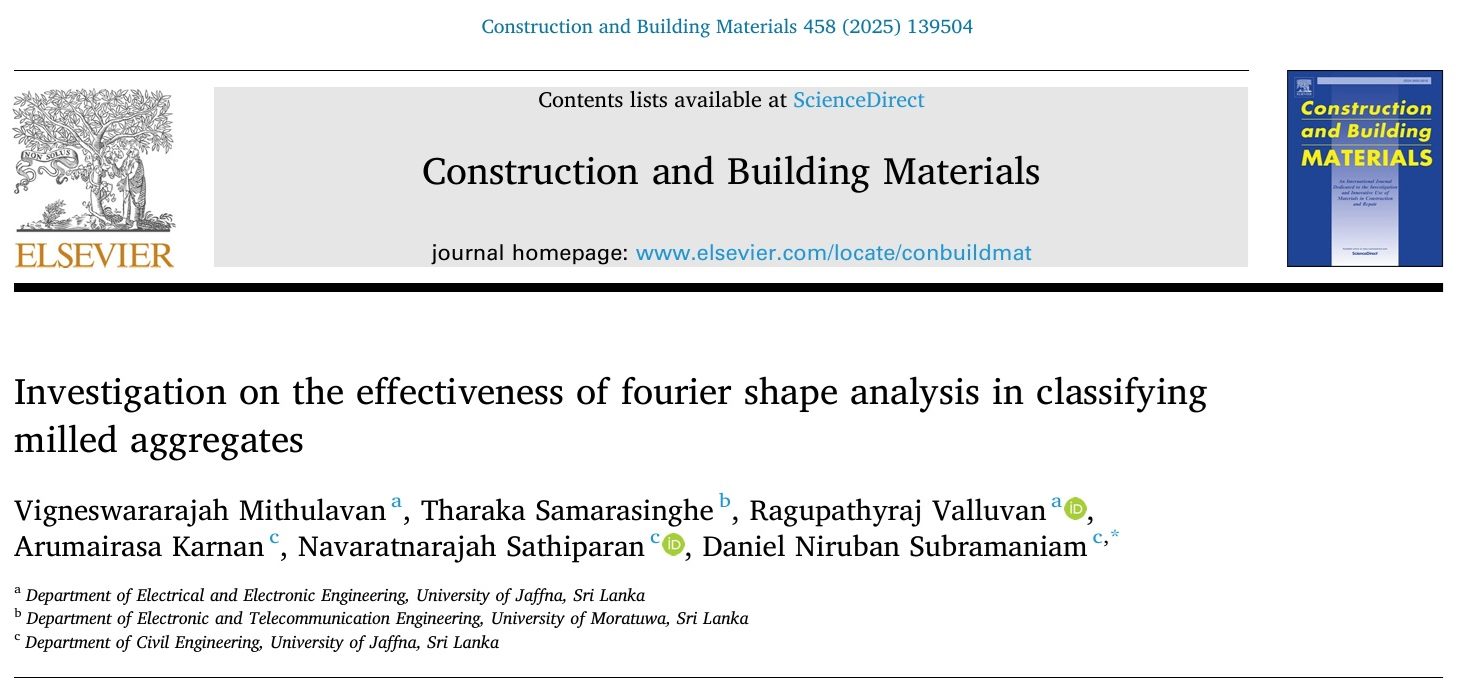THEMATIC RESEARCH GROUP
A congregation of academic oriented researchers focusing on Customized PC Design for Applications
AIM
The aim of the research groups is to collaborate internationally to share expertise on Pervious Concrete
PRINCIPAL MEMBER
Department of Civil Engineering
University of Jaffna
Sri Lanka
INTRODUCTION
PERVIOUS CONCRETE
Porous Concrete / Permeable Concrete
Initiated as an environmental friendly construction material substitution for conventional concrete, primarily used for construction of pavements (urban catchments).
Urban catchments, originally contain permeable characteristics, that assist percolation of stormwater to recharge groundwater aquifers contributing to micro-hydrologic conditions. Fraction of stormwater that percolates reduces stormwater runoff. Urban paving however, restricts this potential and thereby increase flashflodding while depriving groundwater replenishment.
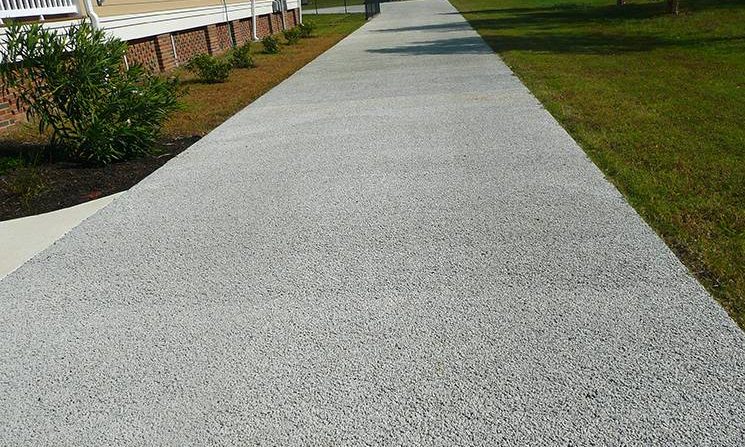
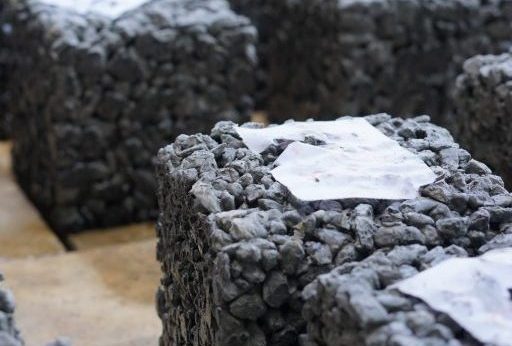
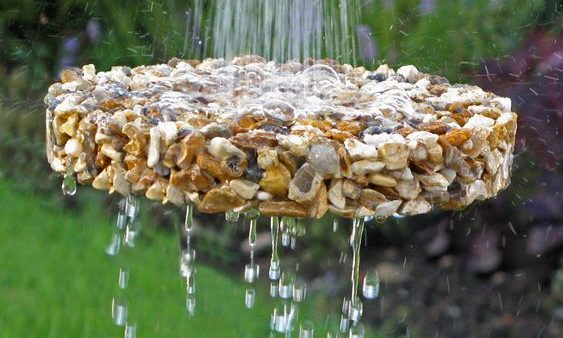
How is it different from Conventional Concrete
Conventional concrete constitutes of binder (cement and water), coarse and fine aggregates, which is packed optimally to minimum porosity. The design of conventional concrete is therefore optimized for compressive strength alone (varying the constituent ratios).
Pervious concrete is intentionally designed to include pores (connected pores) to facilitate fluid transportation, is with no fine aggrgeates (only binder and coarse aggregates). Incorporation of pores in the matrix inevitably include design of pervious cocnrete to consider strength and porosity for optimal design.
As opposed to conventional concrete where a slump of approximately 150 mm is preferred for workability and optimally packed with compaction, Pervious concrete is designed for ZERO SLUMP and ZERO COMPACTION, to retain pores and connectivity during casting.
This research group focusses studies on optimising pervious concrete design through the following parameter variations.
Aggregate/Cement Ratio
For zero slump, Water/Cement ratio is maintained at 0.3. Unlike conventional concrete, binder-coated aggregates are packed in pervious cocnrete. Aggregate/Cement ratio defines the coating thickness and the packing density.
Compaction
Zero compaction and zero slump lead to random packing of binder-coated aggregates, that rarely rearrange during casting. Optimal level of compaction is reuired for mass production of pervious concrete with uniform characteristics.
Aggrgeate Size Distribution
Pervious concrete is all about packing of discrete binder-coated aggregate particles. mean and distribution of aggregate size define the coating thickness and pacing arrangements of particles in pervious concrete.
Aggregate Shape Distirbution
Shape of aggrgeates dominantly affect binder coating around them and also in packing arrangements of binder-coated aggrgeates. Average and distribution of shape of aggrgeates are therefore crucial for mechanical characteristics.
Supplementary Cementitious Materials
Enhancement of environmental sustainability and mechanical performance of pervious concrete can be attained through optimizing the substitution of cementitious materials by waste filler materials.
Shape Descriptors
Assessing the impact of aggrgeate shape distribution inevitably requires numerical representation of shapes. Assessing the impact of various shape factors from different techniues needs to be studied.
LEADER
Prof. D N Subramaniam
Professor in Civil Engineering, attached to Department of Civil Engineering, University of Jaffna
Undergraduate Research
Seasonal Changes of Coastal Erosion along South-Western Coast of Sri Lanka
University of Moratuwa, Sri Lanka
Master’s Research
Upflow Anaerobic Sludge Blanket Reactor for domestic sewage wastewater
University of Southampton, United Kingdom
Doctor of Philosophy
Dynamics of Nitrogen and Solids removal in Stormwater Biofilters
Queensland University of Technology, Australia
CO-INVESTIGATOR
Prof. N Sathiparan
Professor in Civil Engineering attached to Department of Civil Engineering, University of Jaffna
Undergraduate Research
Ground improvement using tyre chips
University of Moatuwa, Sri Lanka
Master’s Research
Experimental study on retrofit of masonory building by PP/Band mesh
University of Tokyo, Japan
Doctor of Philosophy
Experimental study on PP/Band mesh seismic retrofitting for low-earthquake resistant masonory houses
University of Tokyo, Japan
LOREM IPSUM DOLOR
Research Laboratory
All Pervious Concrete Research Experiments discussed in this page were carried out at
Department of Civil Engineering, University of Jaffna
Funded by:
University of Jaffna Research Grant
&
National Research Council of Sri Lanka (NRC)
RESEARCH GROUP MEMBERS
List of members who have been part of pervious research group
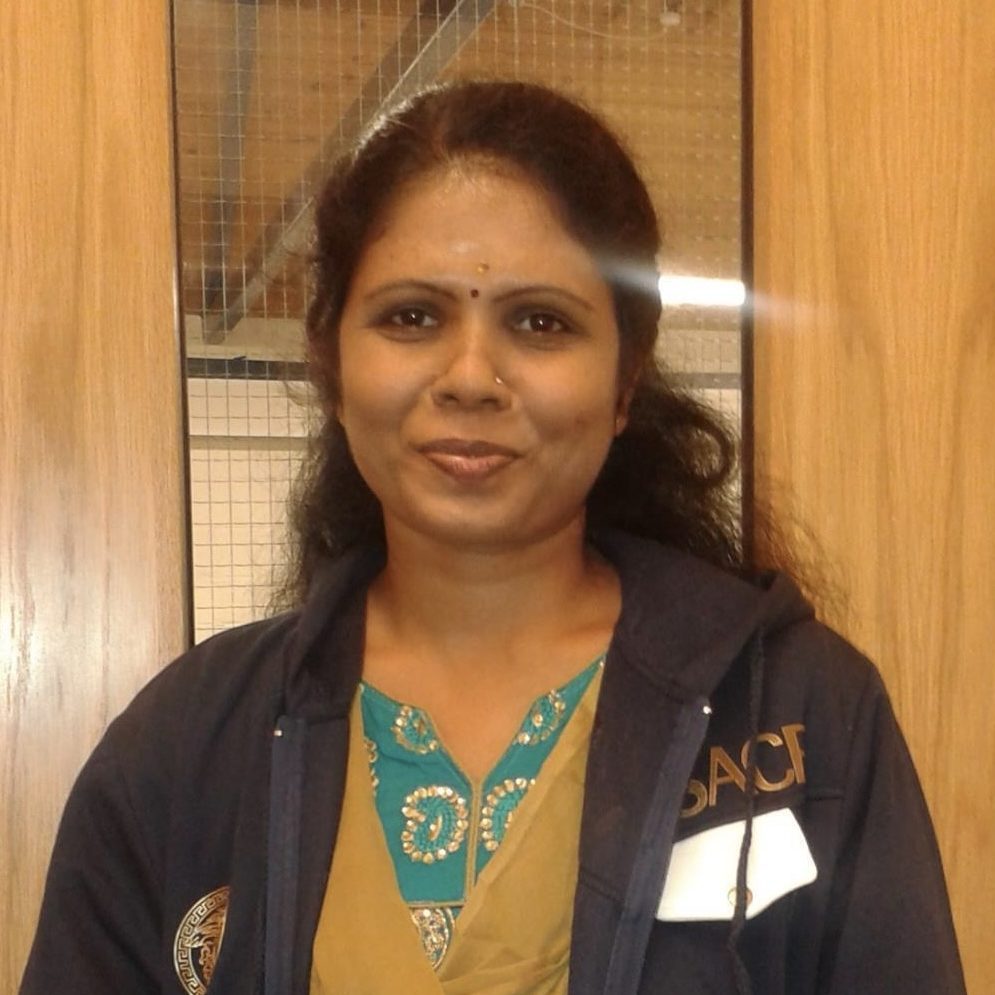
Dr (Ms) P Jeyananthan
Department of Computer Engineering
University of Jaffna
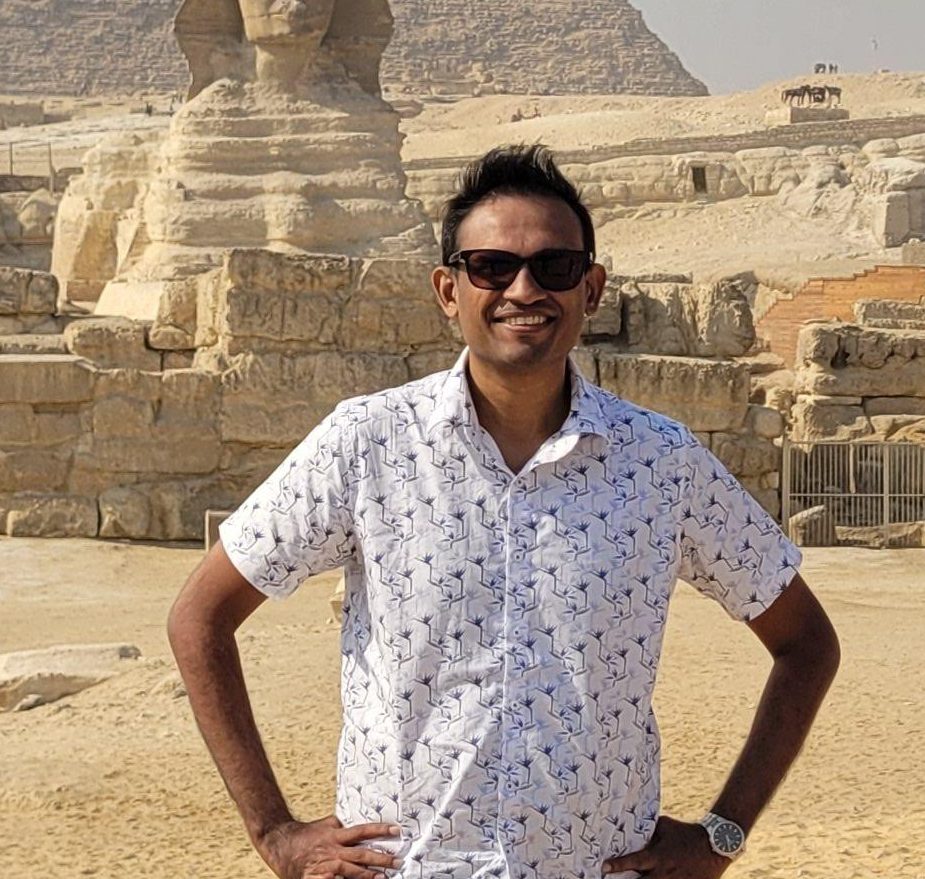
Prof. T Samarasinghe
Department of Electronic and Telecommunications Engineering
University of Moratuwa

Dr A Anburuvel
Department of Civil Engineering
University of Jaffna

Eng. M Sajeevan
Department of Civil Engineering
University of Jaffna

Eng. N Ahilash
Department of Civil Engineering
University of Jaffna
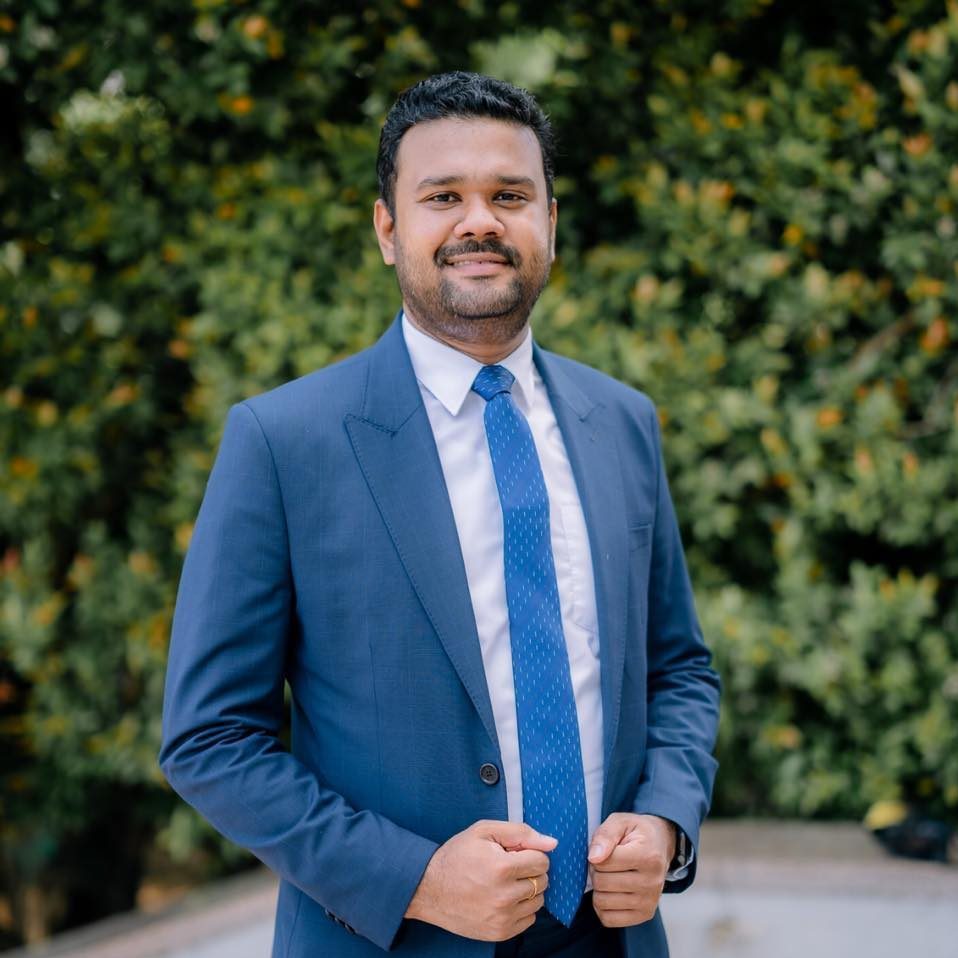
Mr S H B Wijekoon
Department of Civil Engineering
University of Jaffna
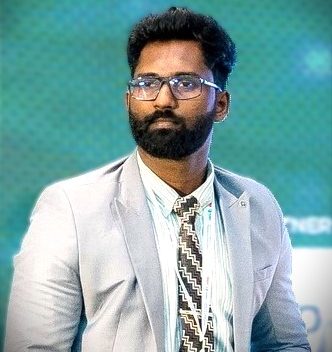
Eng. A Janarth
Department of Civil Engineering
University of Ruhuna

Eng. D H H P Dassanayake
Department of Civil Engineering
University of Jaffna
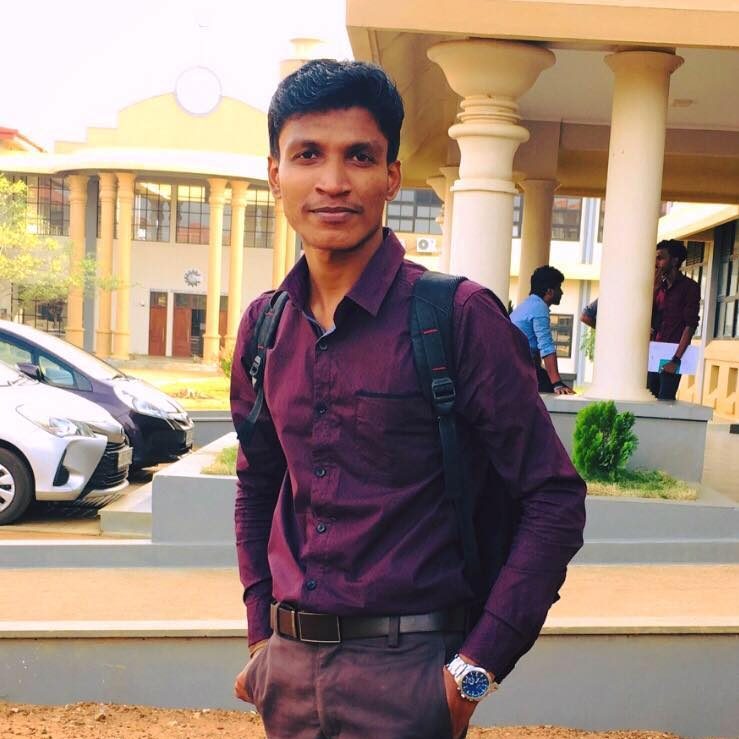
Eng. S Hareindirasarma
Department of Civil Engineering
University of Jaffna
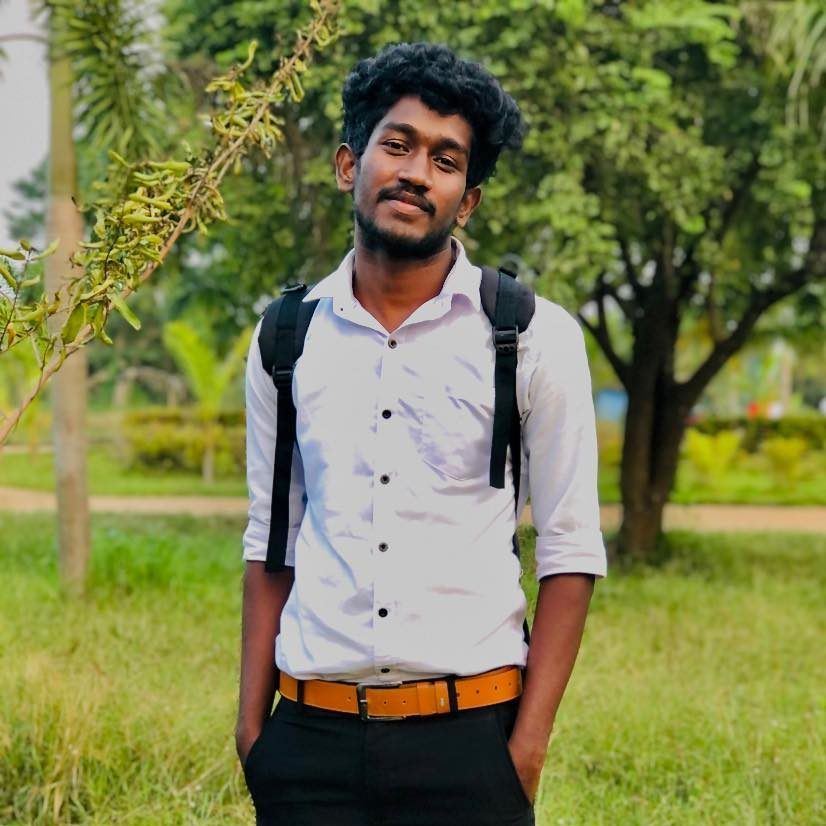
Mr J Shobijan
Department of Civil Engineering
University of Jaffna
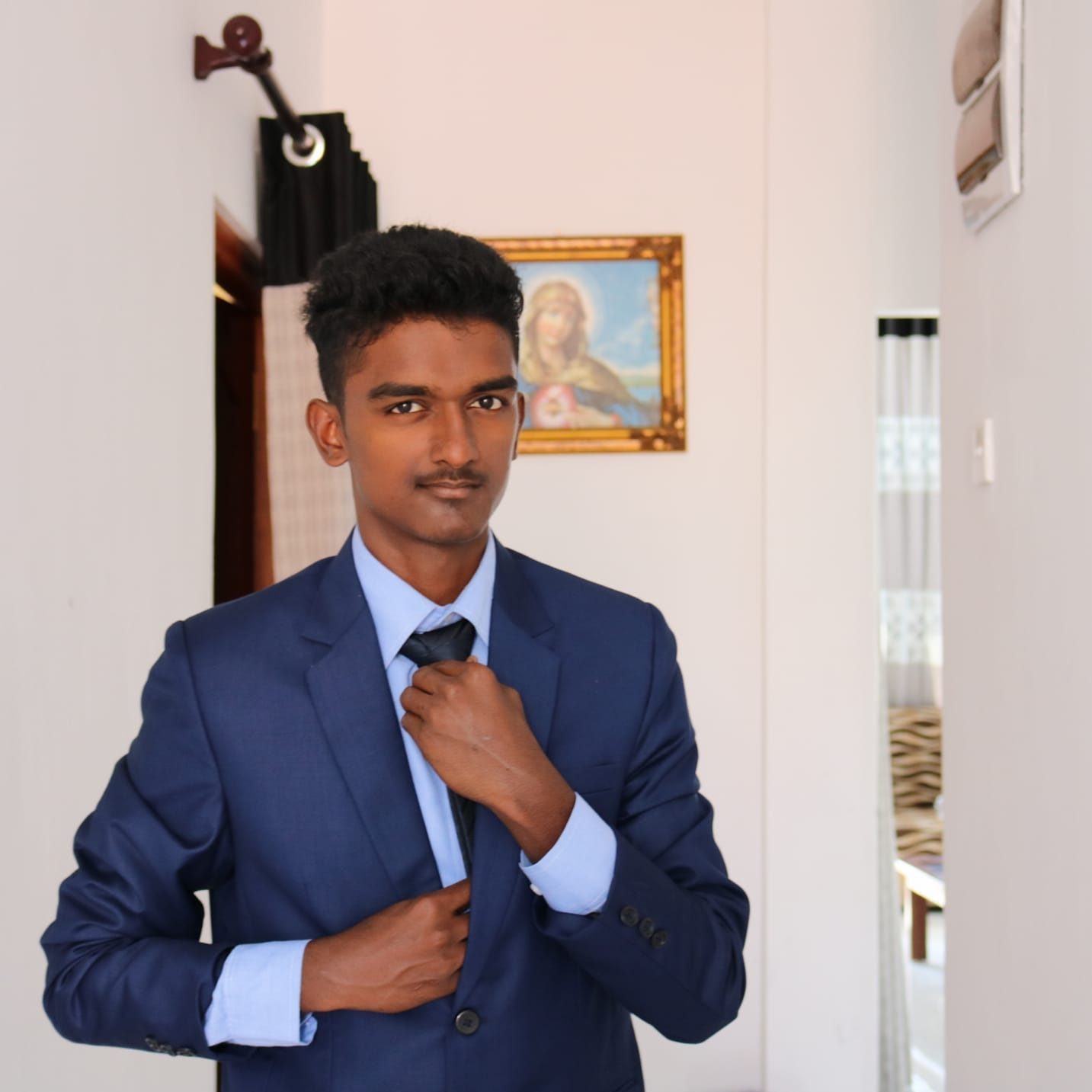
Mr M Arunan
Department of Civil Engineering
University of Jaffna
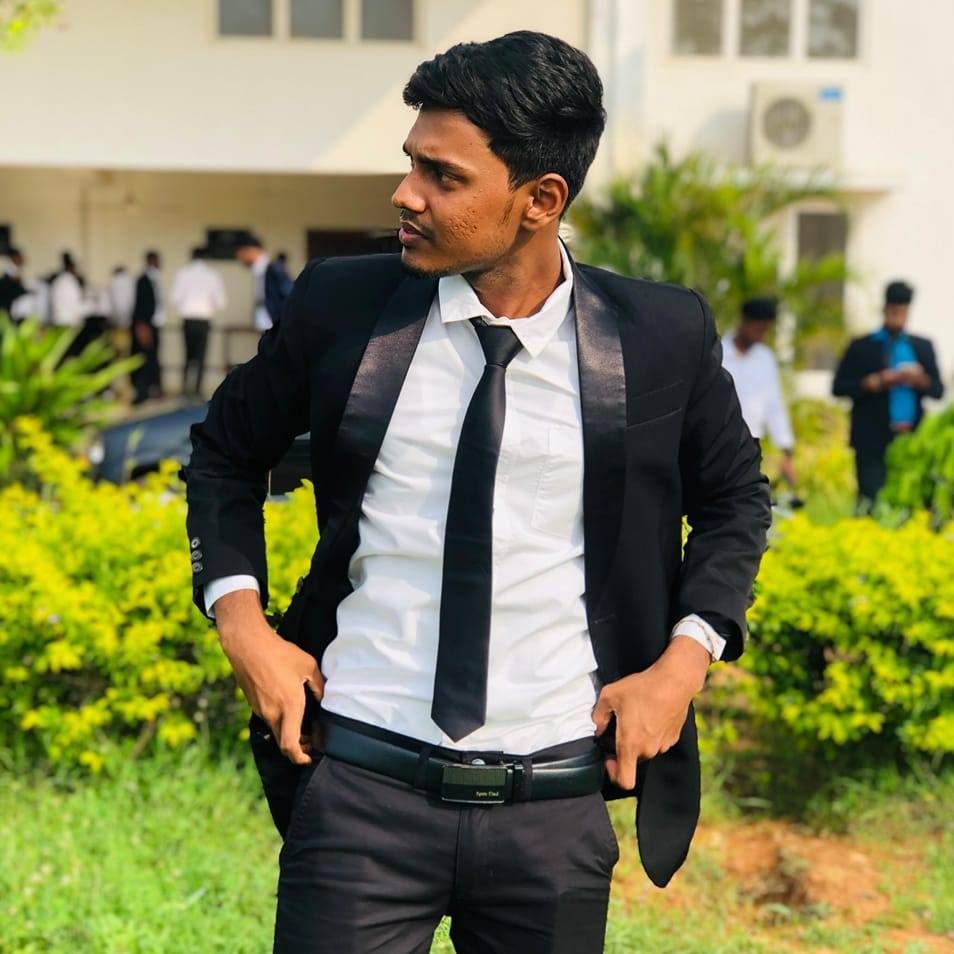
Mr V Pravinjan
Department of Civil Engineering
University of Jaffna
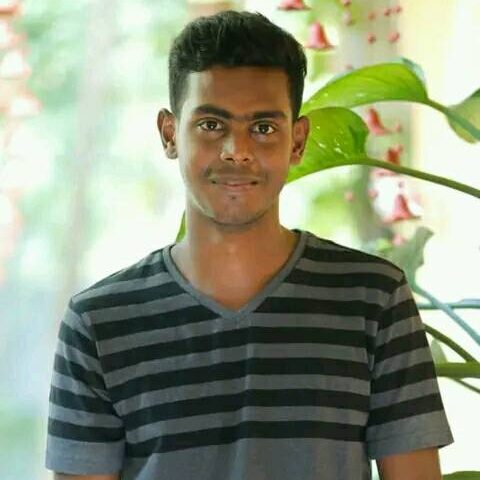
Mr K Virupashan
Department of Civil Engineering
University of Jaffna
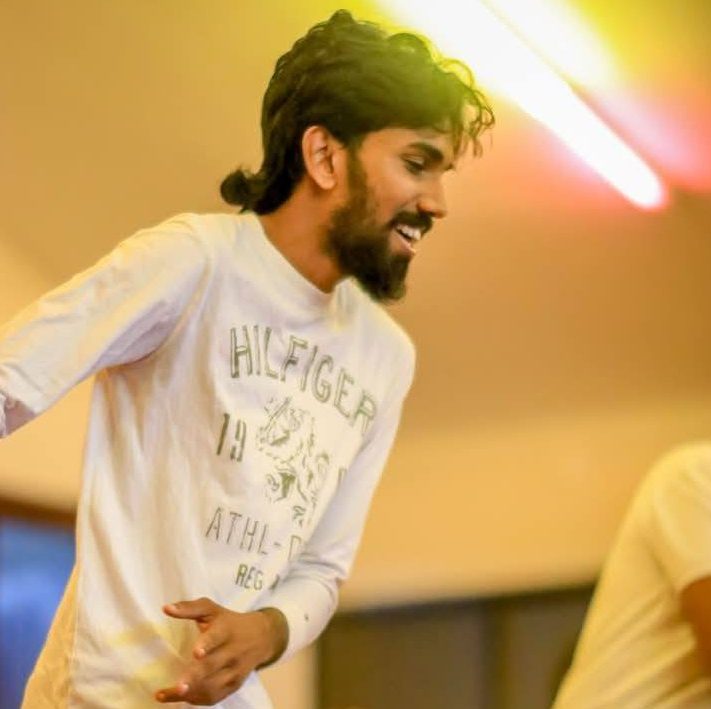
Mr J Voshithan
Department of Mechanical Engineering
University of Jaffna
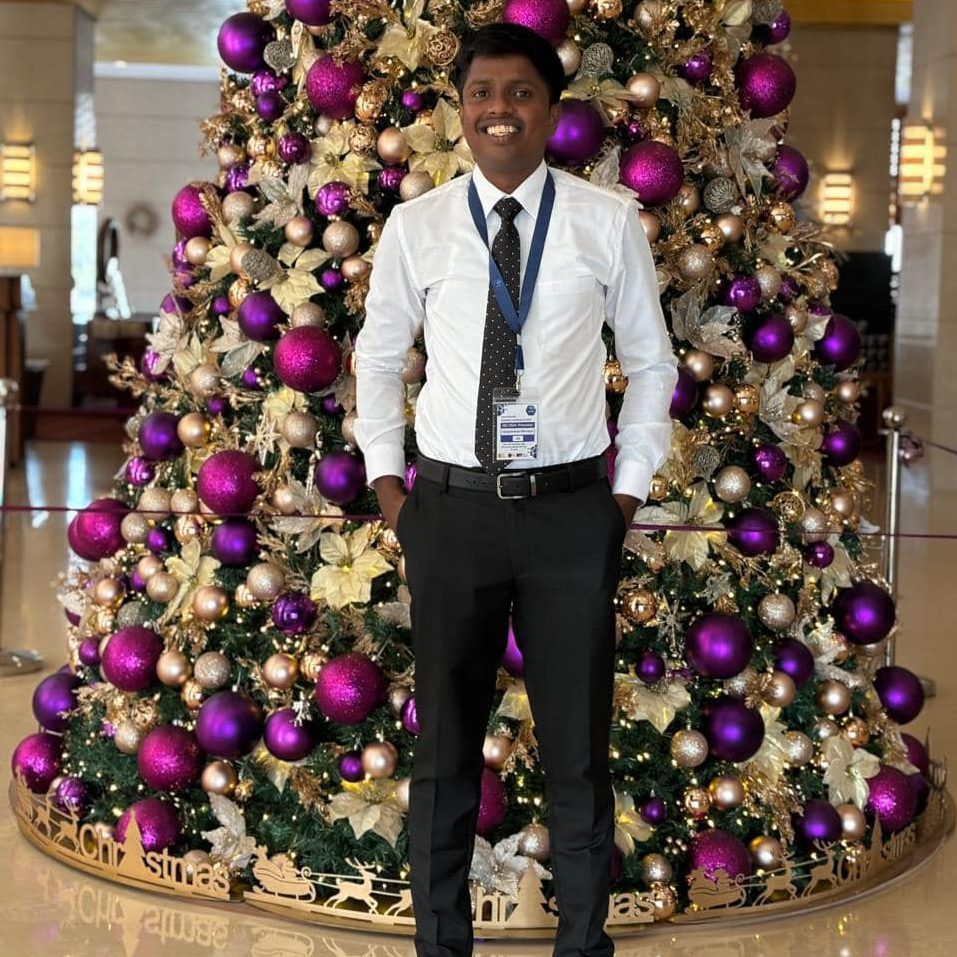
Mr V Mithulavan
Department of Electrical and Electronic Engineering
University of Jaffna

Mr S Dilaxsan
Department of Civil Engineering
University of Jaffna

Mr A R Karnan
Department of Civil Engineering
University of Jaffna
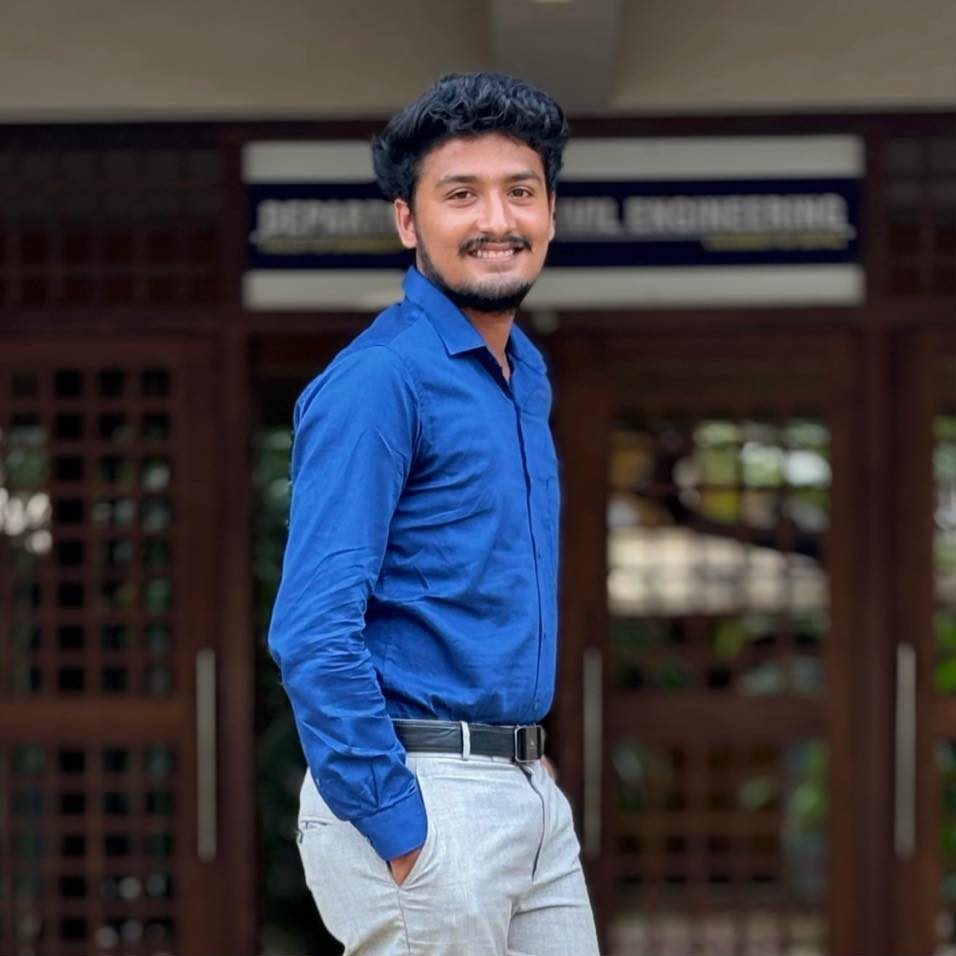
Mr S Pratheesh
Department of Civil Engineering
University of Jaffna
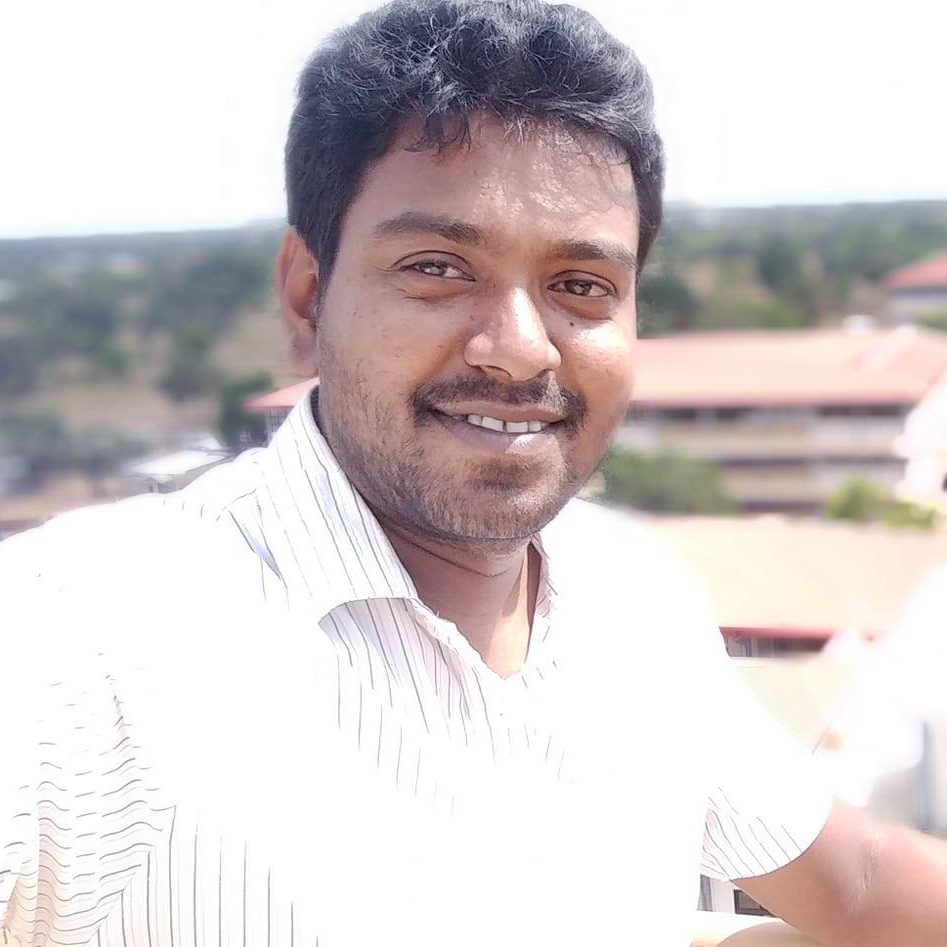
Mr Joseph Dharmar
Department of Civil Engineering
University of Jaffna
Latest Publications
These are the latest publications by the research team members
Investigation of the compactability of pervious
concrete and its impact on porosity and compressive strength
SUBRAMANIAM Daniel Niruban*
International Journal of
Pavement Engineering
2025/March
Investigation on the effectiveness of fourier
shape descriptors in classifying milled aggregates
Mithulavan V, Samarasinghe T, Valluvan R, Karnan A,
Sathiparan N & Subramaniam D N*
Construction and Building Materials
2025/January
Investigation of impact of aggregate shape on pervious
concrete using machine learning classification methods
Wijeoon S H B, Ahilash N, Pravinjan V, Virupashan K,
Sathiparan N, Jeyananthan P % Subramaniam D N*
Engineering Applications of
Artificial Intellligence
2025/February
PERVIOUS CONCRETE RESEARCH GROUP
Contact Us
Prof. Daniel Niruban Subramaniam
Department of CIvil
Engineering, University of Jaffna
Ariviyal Nagar, Killinochchi, 44000
Sri Lanka
email:
daniel.subramaniam@gmail.com / daniel@eng.jfn.ac.lk
Phone: +94-765246560
